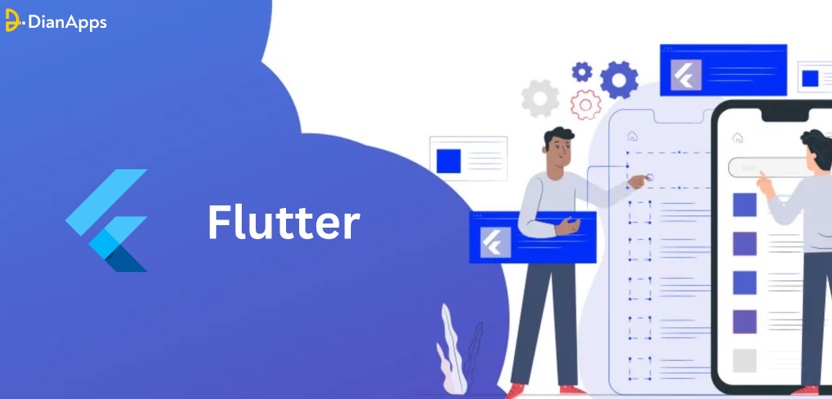The persistence of data and offline storage is a crucial part of mobile and software app development. In Flutter there are several options available to achieve this and among them, here are some of the ways that you can use to store data offline with Flutter.
Storage of data locally is very essential for almost every application. Not all data should be stored in the same way that’s why it is very important to understand the different ways to store data to create the best user experience.
So In this blog, we will see the best ways to store data locally in Flutter!
6 Ways To Store Data Offline in Flutter
● Simple Key-Value SharedPreferences
Flutter’s shared preference plugin can be used to save the amount of data that is used across app runs. Here are some of the examples that you might save using the shared preferences.
They use the following steps:
1. Add the dependency
First of all, add the shared_preferences plugin to the pubspec.yaml file as shown below.
2. Save the data
To persist data, setter methods provided by the SharedPreferences class would be used.
Mainly setter methods do the following tasks:
- Update the key-value pair in memory
- Then persist the data into the disk
3. Read the data
To read the data, the getter method provided by the SharedPreferences class would be used. For example- getInt, getBool, and getString methods can be used.
4. Remove the data
In the end, use the remove() method to remove the data.
● Sensitive Key Value-Secure Storage
It is an alternative option to the SharedPreferences package and is used in cases where users' private data such as passwords and pins can be kept. It is designed for things that are sensitive to the user. Both the packages have one similarity i.e, data is kept as a key value pair locally. It is a wrapper over both iOS and Android APIs.
● Local File Storage
Getting started with local file storage:
1. First, add the path_provider package:
Firstly path_provider package will be imported which is used to access commonly used locations on the device’s filesystem.
2. Find the local path:
The getApplicationDocumentsDirectory() method is used to get the folder path where the app places its files. Below is the function of getting that:
3. The reference to the file location will be created
After knowing the file location, a reference to that will be created using the File class from the dart: io library. Here the file is named data.txt.
4. Write data to that local file
After the successful creation of the file data.txt, functions to read and write the data into that file will be made.
Now first create writeContent() function.
5. Read data from the file
Lastly, a function for reading the content of the file and name will be made as readContent().
Whenever this function is called, it will read the contents of file data.txt and return the below string value. If in case any error will come while reading the file then it will return an “Error”.
● Hive (Highly Structured Tables)
Hive is an easy, fast, secure, and lightweight key-value database written in Dart which allows storing and syncing applications of data offline. It is easy to use as it does not require complex code for CRUD operations and is the most efficient database when compared to other ones.
It has no native dependencies which is why it provides high performance as well. This can be used in the way shown below:
● Objectbox
It is a dart native key-value database and is similar to Hive. Objectbox is built uniquely for embedded devices, mobile, and IoT. This database supports several programming languages including Java, Kotlin, C/C++, Swift, Python and runs on multiple platforms as well such as Android, Windows, macOS, and Linux.
An example of this database is shown below:
● SQLite
It is a C-language library and an embedded, serverless relational database management system. It is an open-source library hence does not require any sort of installation process. By using SQLite mobile app developers can easily perform the INSERT, READ, UPDATE and DELETE operations with large amounts of data.
In Flutter, interaction with SQLite is done by using the sqflite plugin, and besides sqflite, there are a couple of packages as well such as drift and floor.
Below is an instance of UPDATE query.
Conclusion
There are some situations that arise when developers need to store data locally on the user's device instead of using remote cloud servers or APIs. Above are some of the different ways explained to store data locally in Flutter. For small amounts of data shared preferences is a suitable option and on the other hand, for a long list of data items, a database will be a perfect choice.
So you can choose the perfect one according to your personal preferences and you can hire Flutter app development services to make things easier for you.


No comments yet